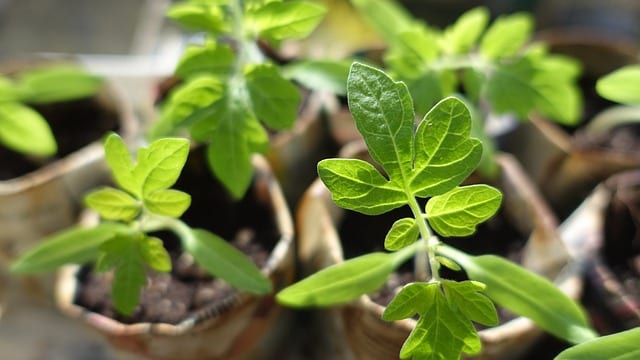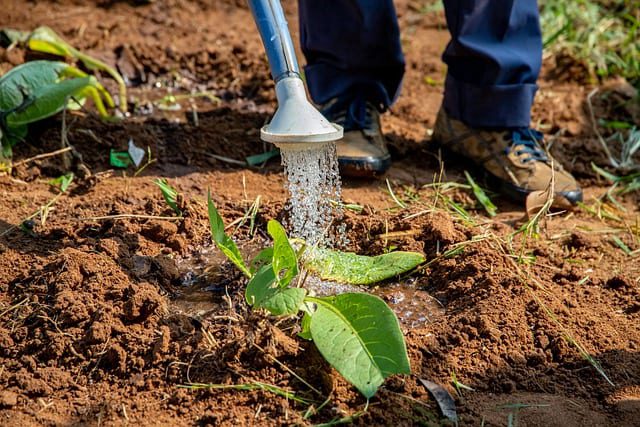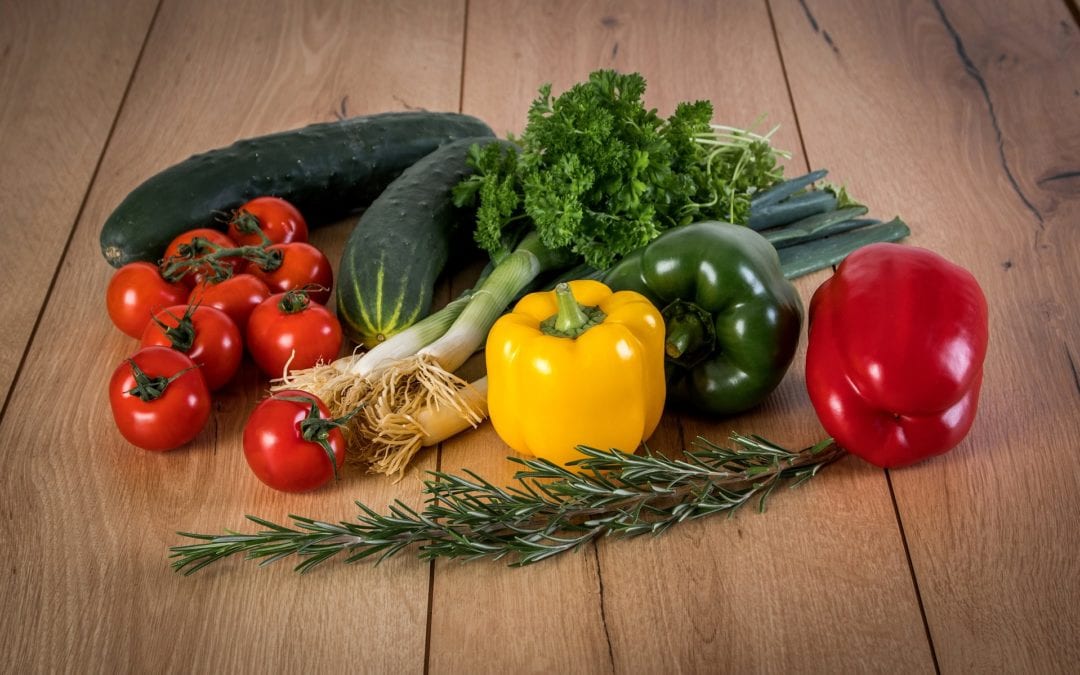Fall vegetable season is an amazing growing season for gardeners in San Antonio. We get a second shot at growing some favorite warm-weather vegetables and follow right behind that with delicious cold-weather vegetables. If you’ve never planted vegetables in fall, you’ve missed out. Take a look at the following five tips to ensure that you start off your fall vegetable garden with success.
1. Clean Up Existing Vegetable Gardens
Remove all weeds and pull out old, struggling, spring vegetables that you have been clinging to for one last harvest. Most likely these vegetables are disease or insect-ridden and it will take a huge effort to coax them into health. You are better off starting with fresh vegetable transplants.
Fall vegetables generally perform and produce better when started with transplants rather than seeds. The bigger transplants you can find to start with the faster their roots will spread out and the quicker you will get fruit.
2. Nourish Your Vegetable Garden Soil
Amend, amend, amend and amen! Sound like familiar advice when it comes to fall vegetable gardening? It should! We remind you every growing season to replenish the nutrients in your vegetable gardens. Vegetables thrive in soils that are rich in organic matter.
In existing gardens, at least 2-3 inches of quality organic compost tilled in as thoroughly as you can get it. Remember, vegetables need a minimum of 12″ – 18″ soil depth to support their root systems, so you may need to add more garden soil as well to make the measurement. For a great kick start to your fall vegetable garden, add 2-3 pounds of slow release fertilizer per 100 sq. ft of garden space and mix it throughout the soil.
To start a new fall vegetable garden from scratch, you can visit this post from TAMU Agrilife Extension Service for their tips.


3. Start Fall Vegetable Transplants Early (Especially Tomatoes)
We get a “second spring” in San Antonio when another round of warm weather vegetables like tomatoes, peppers, squash, eggplant, etc… can be grown again. Tomatoes are less likely to suffer early blight, spider mite damage, or splitting and cracking due to 100° weather like they do when planted in spring. If you haven’t tried growing fall tomatoes, I highly recommend it!
Short growing seasons in San Antonio, Texas means early fall vegetable transplants need to hit the garden sooner rather than later. Plant too late and you could encounter a freeze before you are able to pluck your first fall tomato from the vine. When the second round of warm weather vegetables hits Rainbow Gardens this week they will go fast as San Antonio gardeners know they need to shop early for best selections and for fall vegetable success.
4. Protect Your Fall Vegetable Transplants From The Summer Sun
Although we start our fall vegetables early, that doesn’t mean that they are able to be bought and planted straight into the garden in one fail swoop. Yes, vegetables need to be planted in full sun; but young, fall vegetables also need to be acclimated the strong rays that can be pretty unforgiving during the summers in San Antonio.
Protect fall vegetable plants like early tomatoes by making a little shade tent out of a piece of folded cardboard with some spikes under it to hold it up from the plant. Expose your fall vegetables to an hour of sun and increase the exposure each day until your vegetables have gotten use to the light and heat and can stand on their own.
When designing your fall vegetable garden rows, leave space to plant veggies that are more shade tolerant in between taller plants to offer protection and use space wisely.


5. Don’t Skimp On Watering Fall Vegetable Transplants
Your fall vegetable garden bed should be watered thoroughly several days before you even plant anything in it. This gives your vegetables the correct environment for their roots to take hold. Make sure you water sufficiently through all the layers of your fall vegetable garden bed.
Once you have planted your fall vegetable transplants, be sure to water each plant thoroughly. You can add some soluble fertilizer (like FoxFarm Grow Big) along with this watering for an added boost to get your transplants growing like gangbusters.
At first, small transplants may need to be watered everyday to grow root systems large and strong enough to support fall vegetables. You’ll need to check the soil each day to know if you need to water. Soil that clumps up when you squish it, is moist when you insert your finger to the second knuckle, or feels moist when you scrape down to an inch, has enough water to skip watering for the day.
About 2 weeks after planting your fall vegetable transplants, you most likely will not have to water every day. This doesn’t mean to ignore your garden. Check on it daily and when you water, it should always be deeply and thoroughly. 1″ to 2″ of water weekly is usually sufficient for fall vegetables once their roots have been established.
Besides possibly adding some quick release or soluble fertilizer every 4 weeks if production seems to slow down, your fall vegetables just need you offer them the guidance in these 5 tips to be on your way to a successful fall vegetable gardening season.
Best Wishes!
The Happy Gardener, Lisa Mulroy


Will you have strawberry plants in the fall?
Hi Debra,
Yes, we plan on it. Fall is the best time for planting strawberries and we usually have a great selection to choose from. Hopefully you receive our e-newsletter already (if not, you can sign up easily by filling out the form at the bottom of our homepage) where we send out up-to-date info on what is arriving at the stores.
Interested in receiving your news letter
Hi Carol Anne,
I will sign you up for our Rainbow Gardens e-newletter. You should be receiving one by this Friday. Thank you!
Interested in receiving your news letter
Hi Lisa!
Thanks for your interest in our newsletter. We have two available. Our Deals and Promotions newsletter sends our seasonal weekly ad straight to your email, while our standard newsletter offers gardening tips, blogs, and information about any events we may have going on at the stores. You can sign up for either or both right here: newsletters
Interested in your newsletter
Hi Caryn,
Thanks for your interest in our newsletter. We have two available. Our Deals and Promotions newsletter sends our seasonal weekly ad straight to your email, while our standard newsletter offers gardening tips, blogs, and information about any events we may have going on at the stores. You can sign up for either or both right here: newsletters
We bought our fall salad greens on 9/20/2020 and at least 1/2 are already dead, despite ample watering & sunshine. We spent almost $35 that day. If we can’t get some make-good plants from Rainbow Gardens, we are giving up on fall veggie gardening.
Hi there,
May I ask what type of soil you planted your fall greens in?